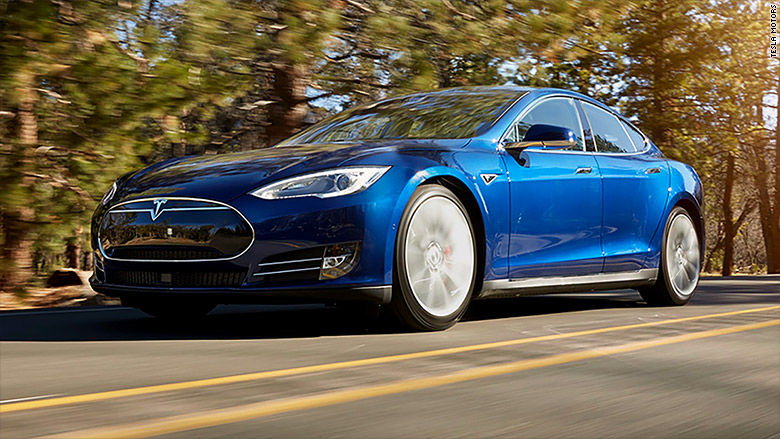All Tesla vehicles have a feature called "Cabin Temperature Protection". This feature keeps the cabin temperature below 105 F. It's specific purpose has been postulated to be for human or animal life preservation, some say for electronic or LCD screen preservation, but I have a different view.
Elon wouldn't design a system to keep your toddler safe for 12 hours at 105 F. It's clearly not for occupant safety.
After exhaustive research into degradation behaviors of a LiPo battery with respect to contributing factors, one fact remained clear. Sustained temperatures over 40C are a tipping point at, over which, degradation falls off a cliff. (Of note is this degradation is amplified with SOC. Meaning the absolute worst hellish condition you can impose on your battery is a 100% SOC at over 40C.) A common value that appears in whitepaper after whitepaper is 40 C. 40 C equals roughly 104 F.
I firmly believe this feature is included to give educated owners the option to provide an environment for their battery that minimizes degradation over time.
I also firmly believe this feature isn't advertised or discussed by Tesla as such would result in media criticisms such as "Tesla batteries degrade if not kept under..." You get my point.
I welcome your input on this hypothesis, and encourage all Tesla owners interested in prolonging their battery lives to consider the use of this feature.
Love and best to all.
Elon wouldn't design a system to keep your toddler safe for 12 hours at 105 F. It's clearly not for occupant safety.
After exhaustive research into degradation behaviors of a LiPo battery with respect to contributing factors, one fact remained clear. Sustained temperatures over 40C are a tipping point at, over which, degradation falls off a cliff. (Of note is this degradation is amplified with SOC. Meaning the absolute worst hellish condition you can impose on your battery is a 100% SOC at over 40C.) A common value that appears in whitepaper after whitepaper is 40 C. 40 C equals roughly 104 F.
I firmly believe this feature is included to give educated owners the option to provide an environment for their battery that minimizes degradation over time.
I also firmly believe this feature isn't advertised or discussed by Tesla as such would result in media criticisms such as "Tesla batteries degrade if not kept under..." You get my point.
I welcome your input on this hypothesis, and encourage all Tesla owners interested in prolonging their battery lives to consider the use of this feature.
Love and best to all.



